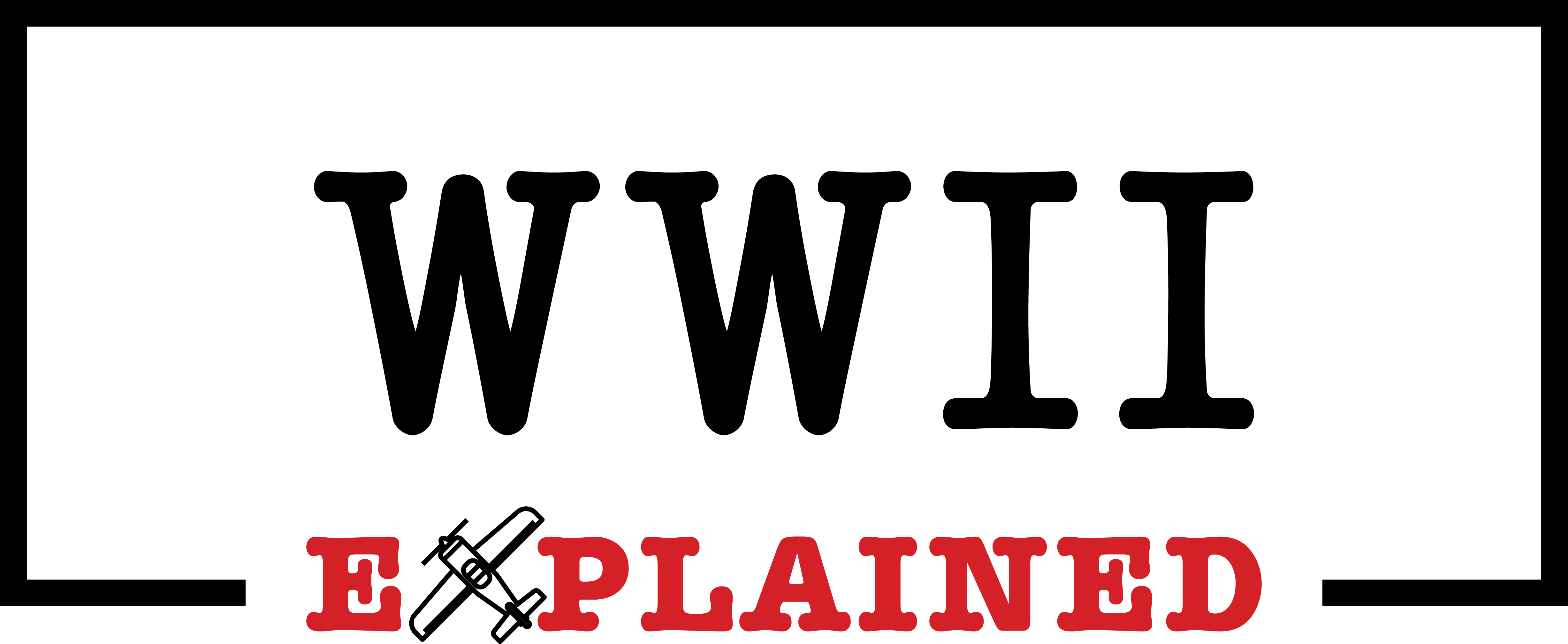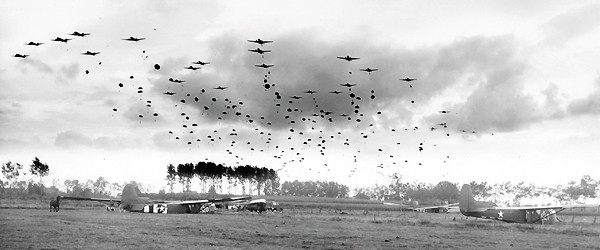Operation Market Garden was a military operation in World War II that was ultimately unsuccessful in achieving its objective. The mission was to create a bulge of territory within the Nazi-occupied Netherlands so that the allies would have a route of invasion into Northern Germany.
British Field Marshal Bernard Law Montgomery, who at the time commanded the 21st Army Group, came up with the plan that would circumvent the Siegfried line by crossing the Southern part of the Rhine River. This would give a clear path to the industrial heartland of Germany, significantly weakening Nazi resolve. The main aspect of this plan of attack was an invasion of 3 allied airborne divisions behind enemy lines to be dropped by parachute and glider deep into the Netherlands. Upon arrival it would be the paratroopers’ mission to capture key routes of transport and territory that would allow for ground forces to cross the line.
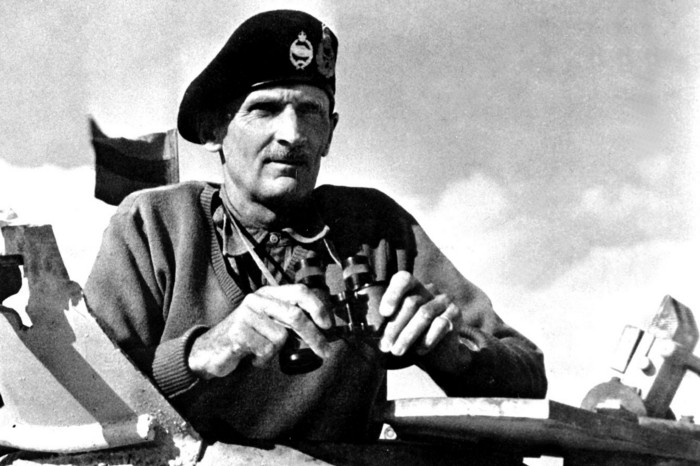
Ultimately the Allies failed in this mission due to faulty decision making and unfavorable circumstances. This failure also led them to heavy losses in the process. This failed operation of World War II can be characterized by certain key failures.
1: Allied Landing Zones Were Too Far From Arnhem
Operation Market Garden set off on the morning of the 17th of September 1944. Airborne divisions from the British and US Military set off from bases in British Shores, crossing the North Sea to get to the Netherlands. The 101st Airborne was charged with the task of capturing Eindhoven, as well as some key structures north of the Dutch city. The 82nd Airborne was tasked to capture perimeters surrounding Nijmegen and a key bridge crossing the River Waal. A joint force of British and Polish troops named the XXX Corps had perhaps the most difficult task, capturing and keeping the bridge at Arnhem, at the Northernmost point of the lower Rhine. Because German anti-aircraft defenses surrounding the perimeter of Arnhem were very strong, the paratroopers were dropped as far as 8 miles away from the bridge. After heavy losses on the way to the bridge, only 1 battalion of the 1st airborne made it to the bridge.
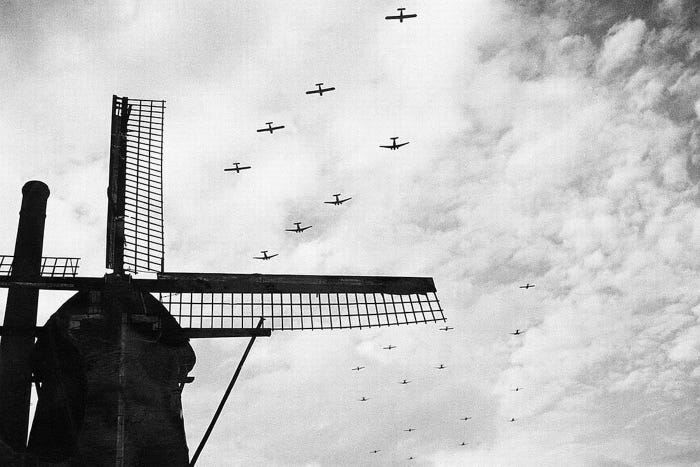
2: The Allies Had Too Little Transport Aircraft
Due to the fact that the British military was not equipped with very many transport aircraft, the frequency with which forces could be dropped into the Netherlands was low, impeding their tactical advantage. In fact, the Allied forces had to be dropped into the Netherlands over a period of 3 days, instead of all at once, significantly hindering their element of surprise and subsequently their chances for success.
3: Failed Communications
A significant failure in Operation Market Garden was the fact that Allied radio communications had failed. Due to the wooded landscape and relatively great distances between different Allied battalions, many radios were not able to get a hold of each other. Communication, arguably one of the most significant tools in any battle were therefore cut and the allies were not able to appropriately coordinate their attacks with one another. It is reported that signal officers had anticipated and voiced these concerns prior to the start of the operation, concerns that were not properly heeded.
4: The Allied Advance Was Slow
While the 2nd battalion of the 1st British Airborne was able to reach the northern section of the Arnhem bridge and fortify that position, the other support forces were slower to arrive and provide relief for their allies as they prepared to hold the bridge. This relief was much slower than the 2nd battalion was hoping. The journey to Arnhem was filled with narrow paths which were only wide enough to allow for two vehicles to pass at a time. Their progress was significantly slowed also by well-equipped German Panzerfaust divisions wielding anti-tank weaponry that were able to destroy 9 British tanks. By the end of the first day of the operation, the ground relief forces were only able to advance 7 miles. After the second day, they made better progress covering 20 miles and had managed to catch up with U.S. forces in Eindhoven. Despite this small success, they would take another day to reach Arnhem Bridge and provide relief to the weary 2nd battalion.
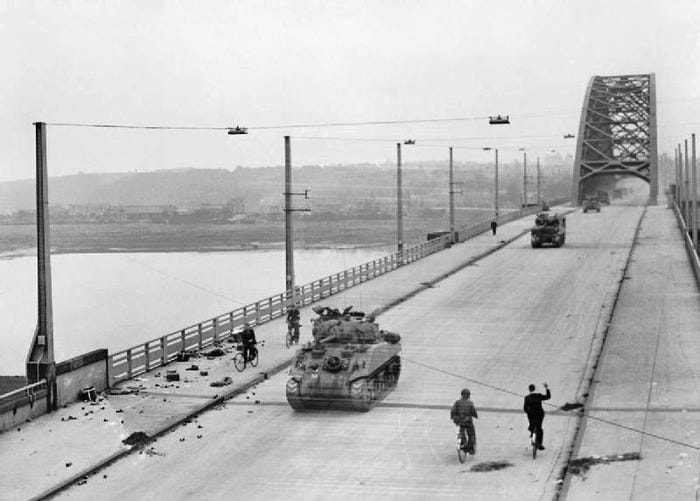
Imperial War Museum/Wikimedia Commons
5: German SS Panzer Divisions
Prior to Operation Market Garden, the allies received intelligence of two well-equipped German SS Panzer divisions in the vicinity of Arnhem. Despite this crucial information, Lt. Gen. Frederick Browning decided the operation should go ahead regardless of the tanks. This decision would prove to spell disaster for the Allied troops. The slow progress of the XXX Corps who were to provide relief allowed for German forces to fortify their defense. Eventually the Nazis confronted ground troops at Nijmegen, executing a crippling onslaught on the British battalion which saw them lose after 5 days of battle. By the end of the failed operation 7,900 out of the 10,600 troops who made it North of the Rhine were injured, killed or taken prisoner, representing an astounding defeat to the Allies.
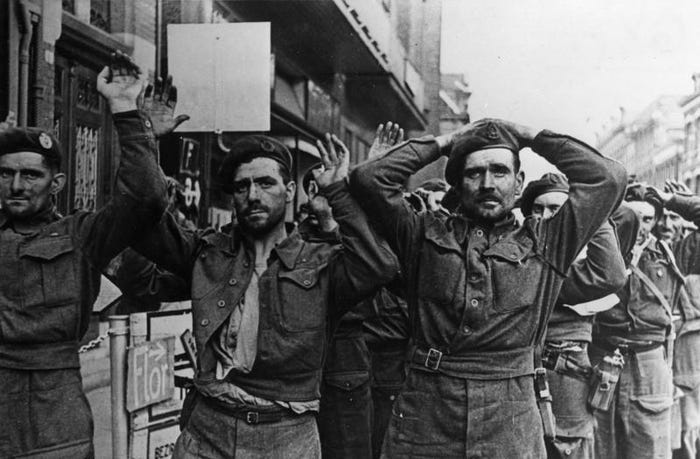
Bundesarchiv/Wikimedia Commons
Some historians believe that had Operation Market Garden been a success, the War would have ended before Christmas of 1944. Instead however World War II continued for another five grueling months.
